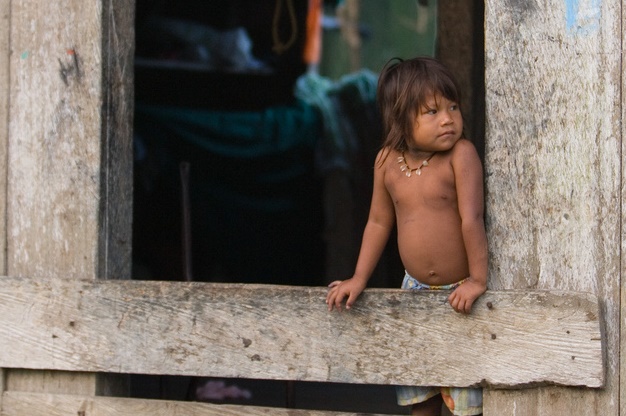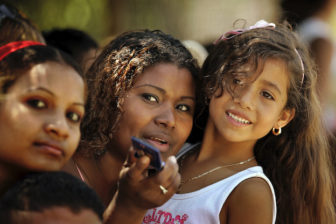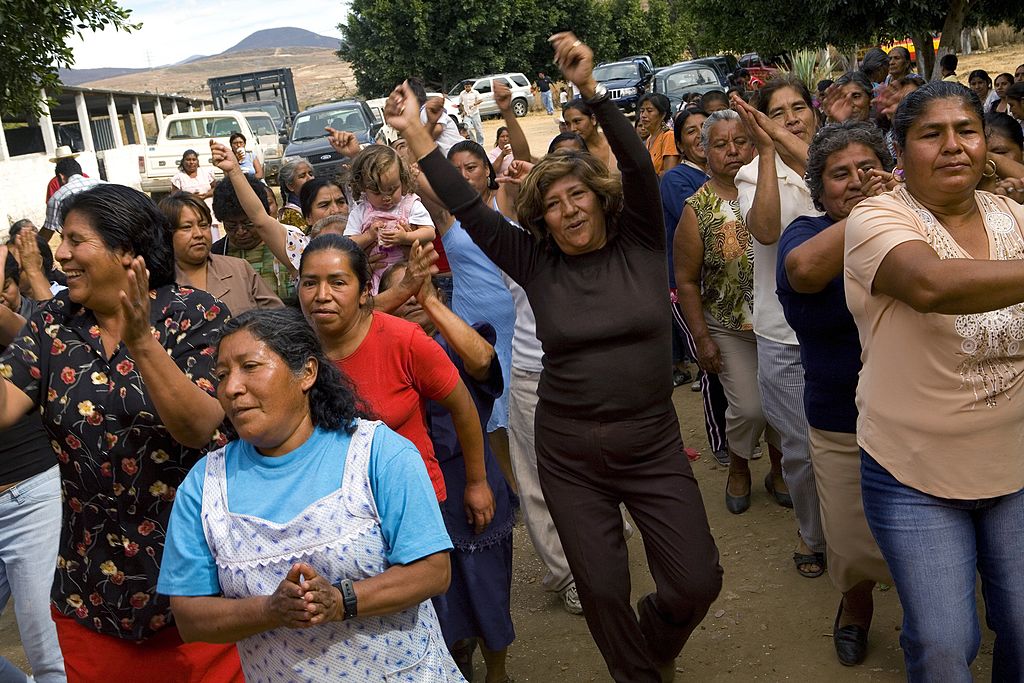Following a breakthrough in negotiations with FARC guerillas on Wednesday, President Juan Manuel Santos suggested that peace in Colombia was closer than ever. But even if a deal is signed, the task of coming to terms with the psychological effects of the decades-long conflict will remain. Colombian economist Andrés Moya is studying what that might mean for the country’s social – and economic – future. He spoke with AQ a day after Santos’ announcement on the challenges of implementing peace in a country that has yet to deal with the emotional scars of violence.
Americas Quarterly: You’re studying the psychological effects of conflict in Colombia. Why?
Andrés Moya: Colombia has been ravaged by more than 50 years of conflict, but we’ve been unwilling, until recently, to really look at what that has done to us psychologically. The psychological consequences of violence are of course important by themselves, but they also leave a legacy of chronic poverty. Data from the recent National Health Survey indicates that at least 10 percent of adults have symptoms of psychological trauma, including post-traumatic stress disorder, anxiety disorders and major depression. And when you look into the victims, the levels are above normal: 30-35 percent of the displaced population has symptoms of anxiety and depression disorders.
AQ: And you think that affects their economic behavior?
Moya: There is a lot of research on how violence has impacted the economy … Sixty percent of the displaced population is below the official poverty line and 40 percent is below the extreme poverty line. And our research shows that those victims are not able to recover over time, that the levels of poverty persist. This can partially be explained because displacement and violence impose severe asset losses. But there may be a behavioral poverty trap. Anxiety and depression disorders lead the population to become much more risk-averse and also more pessimistic and hopeless about their potential for recovery. These behavioral consequences of violence matter because they affect every-day decisions, such as investing in a new technology, planting a new crop, taking on credit, sending the kids to school and starting a business. All have certain costs in the short term and uncertain future returns. So higher levels of risk aversion and pessimism hinder these productive investments and can condemn the population to poverty.
AQ: Your research also shows a troubling impact on children.
Moya: Of the 7 million officially recognized victims, 800,000 are less than five years old. Data from the National Health Survey shows that between 60 and 70 percent of displaced children (those that experienced displacement themselves or were born into a displaced household) have some sort of psychological affectation. This has an adverse effect on everything from schooling to participation in illicit activities, drug abuse, teenage pregnancy and also future income and employment opportunities. When it comes to early childhood, our research highlights big gaps in cognitive socio-emotional development of children living in conflict regions. That’s worrying, because adversity and stress during early childhood can compromise these kids’ futures and leave a legacy of poverty.
AQ: What’s being done to address this psychological cost of the conflict?
Moya: Our country invests a comparatively low amount of resources as part of the budget for mental health, which is pretty distressing for a country that’s been immersed in conflict for 51 years. On a positive note, government agencies have pretty well-established comprehensive assistance for perpetrators that includes psychological counseling. However, for victims, pretty much all of the interventions focus on the material and socio-economic losses, and very few on psychological assistance. And for children, in general, there’s nothing. This is why at Universidad de los Andes we are currently leading a group-based psychosocial intervention called Semillas de Apego, which aims to protect early childhood in the context of violence and displacement. We are currently in the pilot stage and we plan to scale up in the next two years.
AQ: What more should be done?
Moya: Raising awareness on the extent of psychological trauma among victims and among the general population would be a start. We also need to allocate more funds to the design, implementation and evaluation of psychological and psychosocial assistance for the victims. As data becomes more available, it’s going to become very clear that we need to appropriate more resources to mental health. As we start funding more programs, we’ll need to think about evaluation to see what works and what doesn’t. This is something we’ve neglected in Colombia for a long time and it’s one of the most public and visible scars that the conflict has generated.
AQ: Will an eventual peace deal allow Colombians to heal the wounds left by the conflict?
Moya: I think it’s a good step in the right direction, that it’s going to create spaces to talk about what happened, not with grudges but in terms of forgiveness and reconciliation. But I think it’s only one step. If we believe that the actual agreement is going to change things by itself, it’s being very naïve. It’s very exciting times, but we have to be very cautious about what we do to try to promote this recovery and start giving back to the country to actually construct this peace together.
—
The transcript of this conversation, which took place on September 24, 2015, has been edited for clarity and length.








